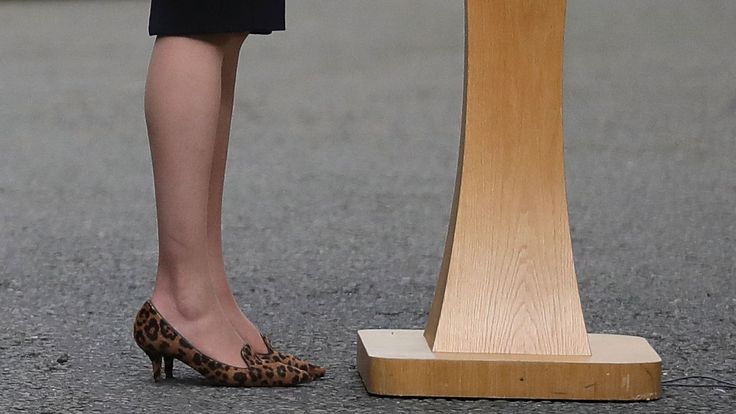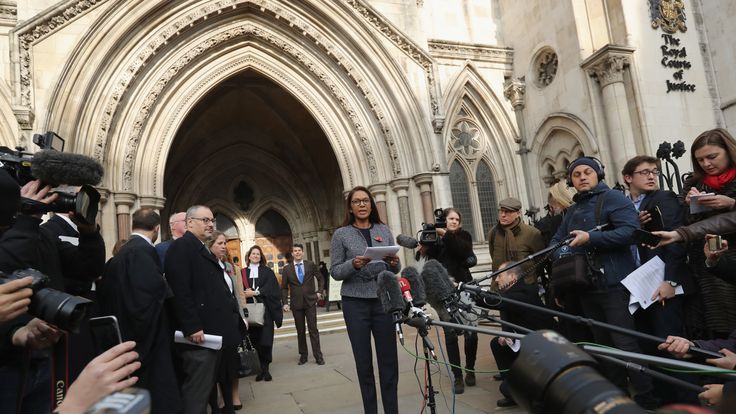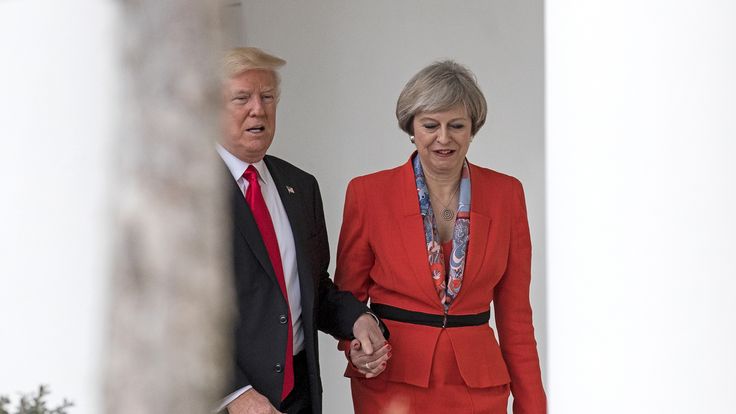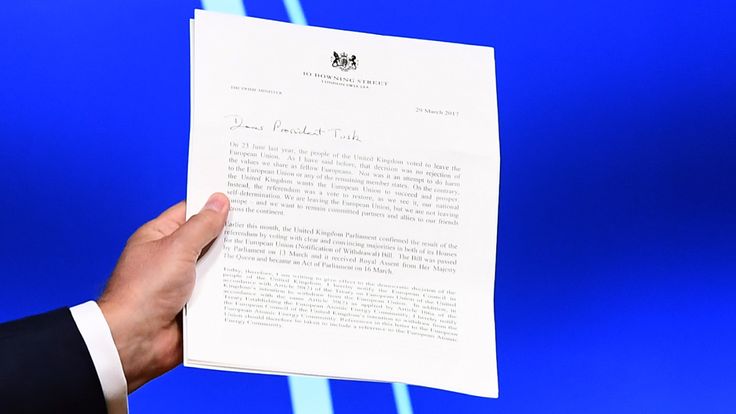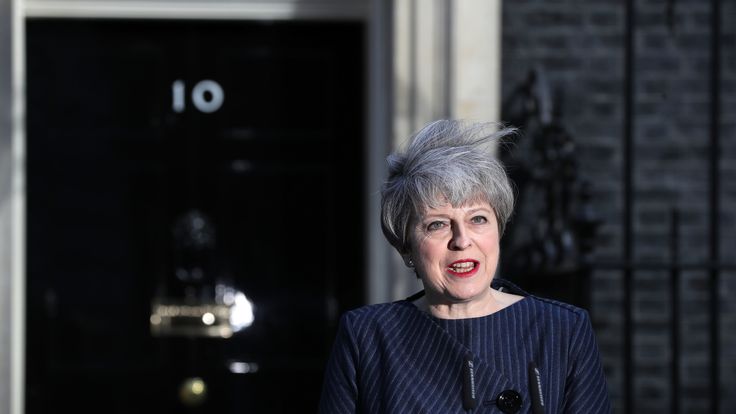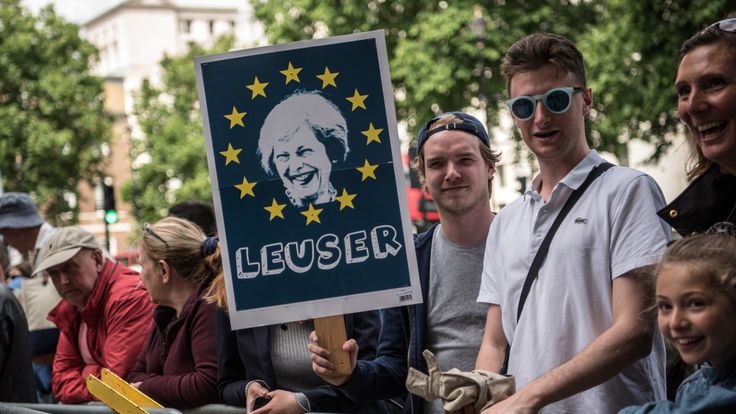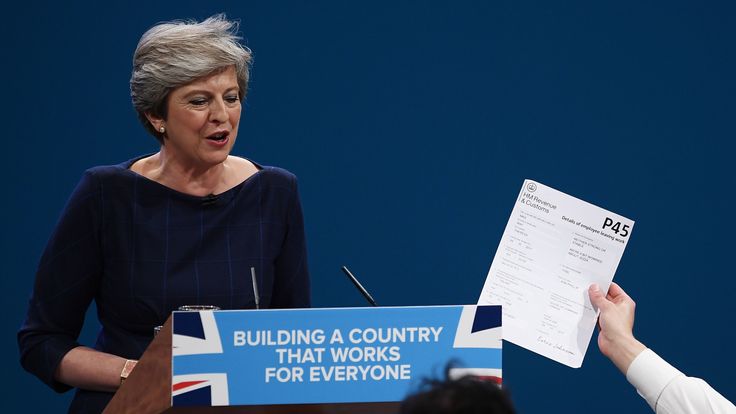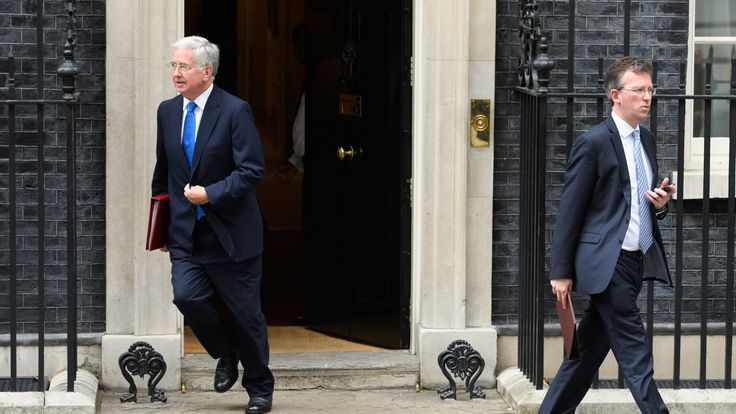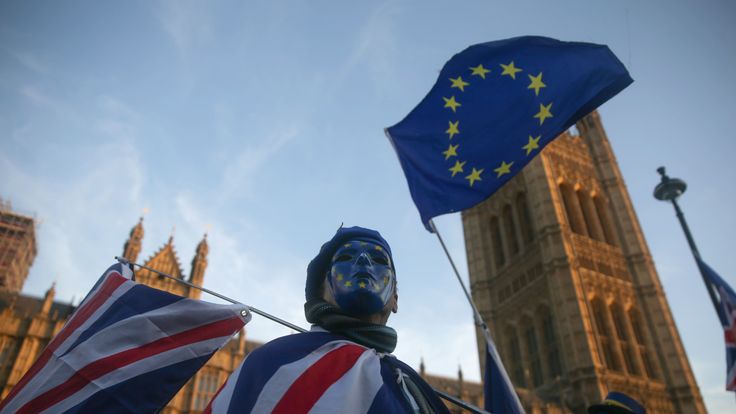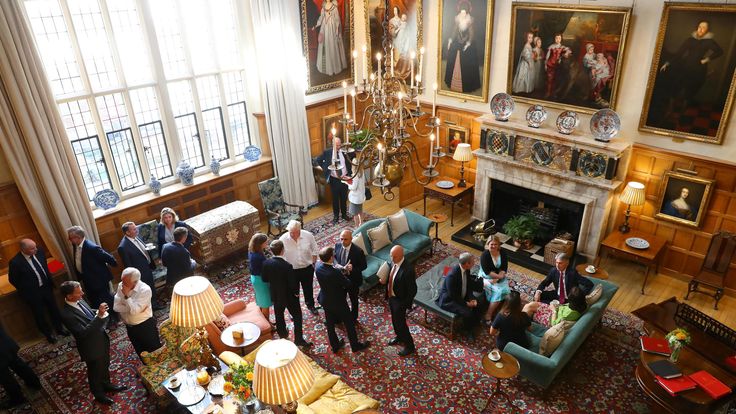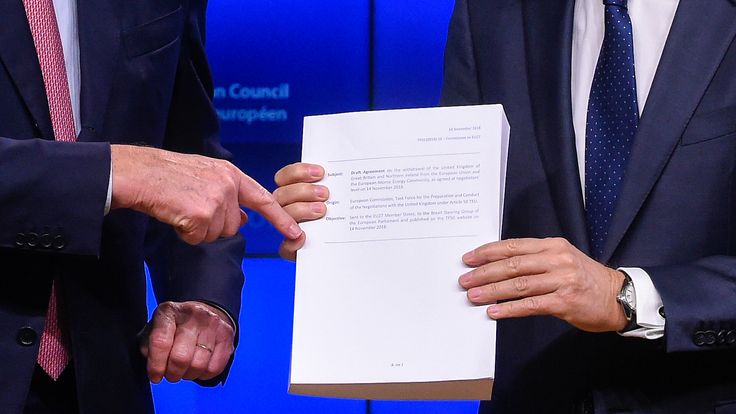14 highs and lows of Theresa May's premiership
By Philip Whiteside, news reporter
Despite sweeping to victory in her leadership election, Theresa May has faced challenge after challenge as she has wrestled with the near-impossible political task of delivering Brexit.
Here we look at her highest and lowest moments since entering Number 10 in 2016.
1. Winning leadership of the Conservative Party and becoming prime minister
Mrs May convincingly won the first round of voting, receiving support of 165 MPs, compared to Andrea Leadsom on 66 and Michael Gove on 48. The two candidates with the fewest votes, Liam Fox and Stephen Crabb, immediately offered their support. In the second ballot, she again won decisively, with 199 votes, leaving Mrs Leadsom with 84 and Mr Gove with 46. Shortly afterwards, Mrs Leadsom announced she was dropping out without the need for a third round of voting. Days leader Mrs May was appointed PM by the Queen.
2. Hopes to unite the country
After becoming the second woman to have the position of UK prime minister, in a speech outside 10 Downing Street, Mrs May spoke passionately about inequalities in the British system, and about the difficulties ordinary families faced every day, promising to listen and work for everyone, not just “the few”. While she emphasised the importance of the Union, Brexit received only a brief mention.
3. “Enemies of the People” rule against her Brexit plan
Mrs May’s plan to start the Brexit process was laid out in her first speech to conference as party leader. But within weeks it was called into question as three judges ruled the government could not trigger Article 50 without the say of parliament. It led to condemnation of the court decision by Brexit supporters, including a Daily Mail headline accusing the judges of being “Enemies of the People” – something Mrs May defended on the grounds of press freedom. Two months later, the Supreme Court backed the decision by the lower court.
4. Holds hands with Donald Trump
Mrs May visited Donald Trump in Washington, becoming the first leader to congratulate the US president on his shock November election victory in person. After an embarrassing photocall that saw her holding hands with the president, the prime minister received criticism for appearing to concede more than she received. She offered warm words about a possible state visit – including a meeting with the Queen – and refused to criticise the former mogul over his apparent backing of torture.
5. Triggers Article 50 of the Lisbon Treaty, starting clock on Brexit
After getting her European Union (Notification of Withdrawal) Bill through the first reading in the Commons and the Lords, Theresa May triggered Article 50, starting the two-year withdrawal process and heralding the start of negotiations. It made the date of Brexit 29 March 2019.
6. Announces election and promises “strong and stable” government
With opinion polls showing the Conservatives firmly in the lead and with concerns in Number 10 about whether Brexiteers in parliament would try to frustrate her vision for Brexit, Mrs May announced she wanted to hold a snap election on 8 June 2017. In the days after, she won support of two-thirds of MPs required under the Fixed Term Parliaments Act to allow a general election to take place. In announcing the election outside Downing Street, she said what was required was “strong and stable” government.
7. Loses her majority in parliament and forced to accept confidence and supply deal with DUP
Despite expecting to see their majority in parliament increase, Mrs May was shocked by a rapid surge in support for Labour which resulted in a hung parliament. The performance of the Tories was not helped by poor campaigning from the prime minister, with many feeling that she was diffident and aloof, including sending Amber Rudd in her place for some of the TV debates. Another weakness was a campaign manifesto which included a “dementia tax”. The Conservatives lost 13 seats and Labour gained 30, leaving her without a majority. She was forced to apologise to candidates who lost seats. Her two key advisers, Nick Timothy and Fiona Hill, who were seen as the architects of the failed election campaign, were forced to resign. In the days after, a poll of Conservative Party members showed a significant majority wanted her to resign. Without a majority in the Commons, Mrs May went to Northern Ireland’s Democratic Unionist Party (DUP) in order to form a new government. It took more than two weeks of negotiation with leader Arlene Foster. A confidence and supply agreement was eventually reached with the DUP, in which Mrs May had to make considerable concessions for Northern Ireland, but under which the party agreed to back the government in parliamentary votes.
8. A mock P45, a coughing fit and letters falling off mid-speech
Theresa May gave a disastrous speech to the Conservative Party conference in which almost everything seemed to go wrong. In a week when senior figures in her cabinet appeared to be manoeuvring themselves into a position from where they could launch a leadership bid, a prankster handed her a mock P45 with her name on it, she suffered a coughing fit, an F and an E fell off a slogan fixed to a board behind her head, and she wore a bracelet featuring communist Frida Kahlo.
9. She loses her strongest allies in the cabinet
One of her strongest allies, Sir Michael Fallon, was forced to step aside from the cabinet in the wake of allegations of sexual harassment. The following month, another of her strongest allies, Damien Green, also quit amid allegations he downloaded pornography onto his House of Commons computer.
10. She loses in parliament in debate on “meaningful vote”
As part of the process leading up to Brexit, Mrs May had to get a number of pieces of legislation through the House of Commons. During furious debate on the European Union Withdrawal Bill, she was defeated on a motion over whether to add an amendment which would give parliament a “meaningful vote” on the eventual Brexit deal. The move set up an eventual confrontation which had the potential to sink her plans.
11. Rebellion over the Chequers plan
May summoned her cabinet to her country retreat Chequers where she attempted to get ministers to agree to her plan for a Brexit deal. Despite objections from Brexiteers in the group, a statement was issued saying the cabinet agreed with the PM’s approach, which called for a “joint institutional framework” and “ongoing harmonisation”. Within a day, Brexit secretary David Davis resigned, followed by Boris Johnson, with other more junior ministers also quitting.
12. An EU withdrawal deal is struck – and then splits the government
Negotiators announced they had reached a deal on Britain’s withdrawal from the EU, producing a 585-page document that outlined the term of the “divorce”. Within hours, the DUP said it could not support the deal due to it featuring a backstop which would mean Northern Ireland would have different customs arrangements to the rest of the UK. As the DUP indicated it might no longer support Mrs May in the confidence and supply arrangement, more cabinet ministers resigned, including Brexit secretary Dominic Raab. Very quickly, it became apparent the PM would not have support of enough MPs to get the deal through parliament as part of the “meaningful vote”.
13. 48 MPs have no confidence in her – triggering a vote on a leadership election
In the face of overwhelming opposition, Mrs May was forced to cancel a parliamentary vote on the withdrawal deal. Many Tory MPs were angry they were not able to express their opposition and more came forward with letters for 1922 Committee chairman Graham Brady saying they no longer had confidence in the prime minister. The next day, the 48-letter threshold was reached, triggering a parliamentary party-wide vote on whether she should face a leadership contest. She won the vote far from convincingly, by 200 votes to 117, leaving her victorious but wounded.
14. The worst Commons defeat for a government in nearly a century
After her first meaningful vote on the withdrawal was delayed, she suffered a massive defeat when it was eventually held, with 432 MPs voting against her and 202 voting with her. Among them were 118 Conservatives, more than a third of her own MPs. Sky’s Lewis Goodall wrote: “The last time a sitting PM was defeated on a scale such as this was Ramsay MacDonald in 1924. That brought down his government. Theresa May’s indefatigability, however, remains apparently undimmed.”
Source: Read Full Article

